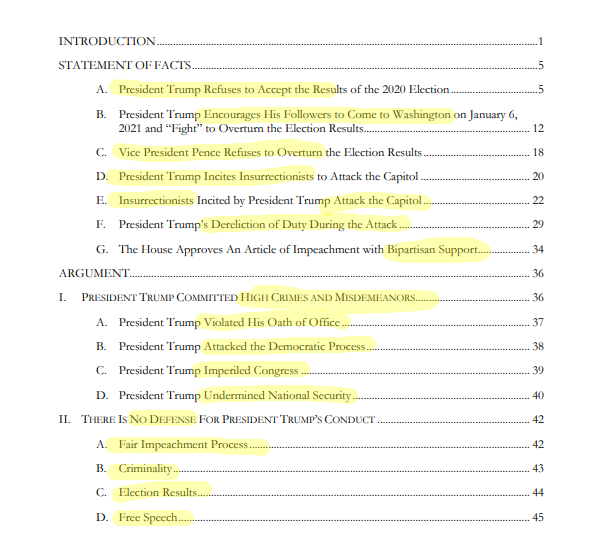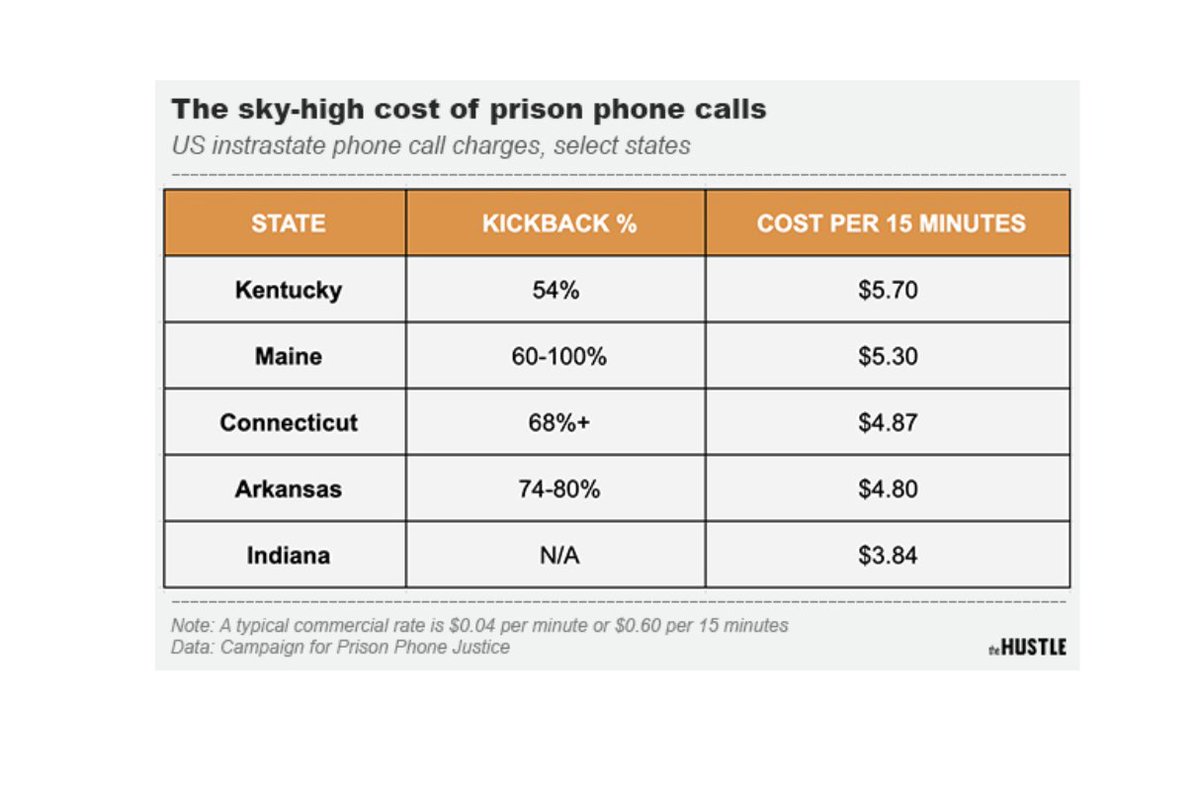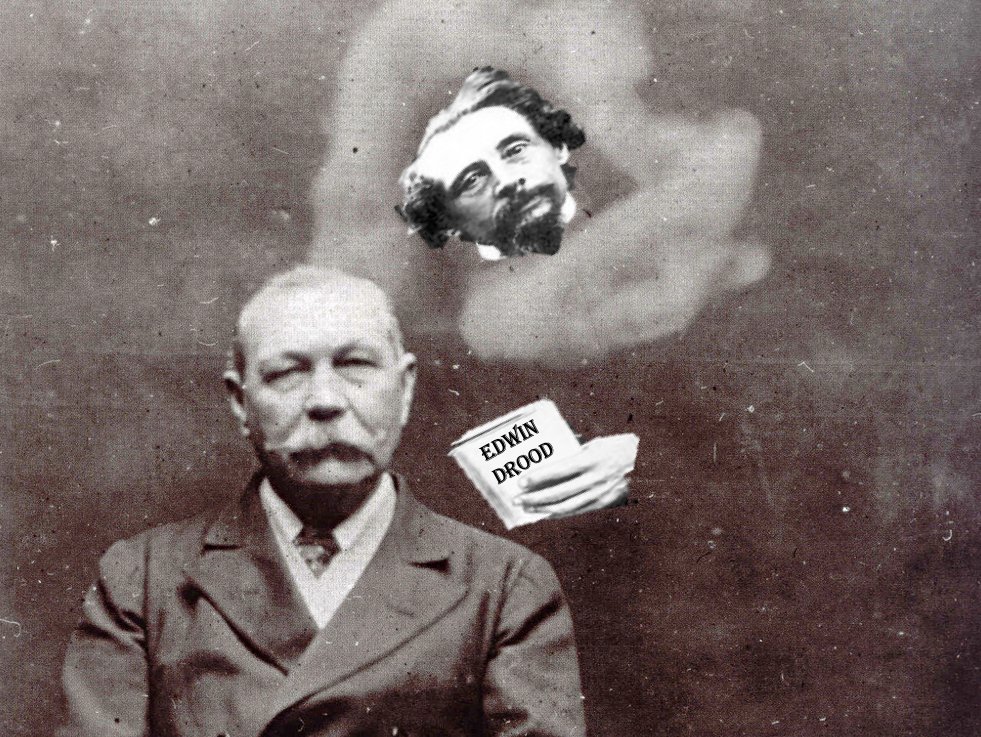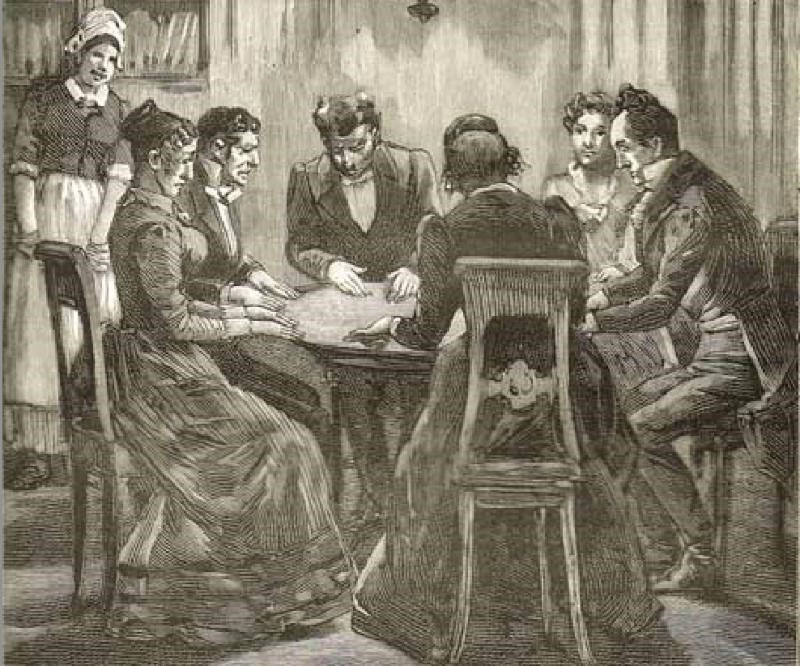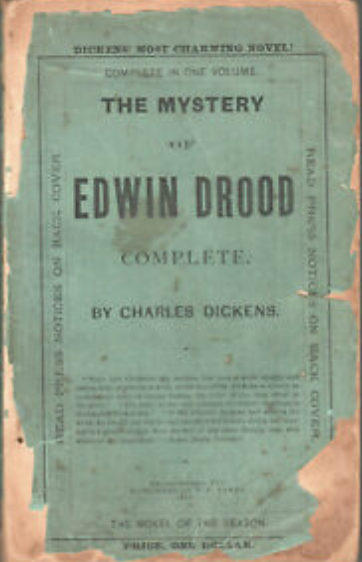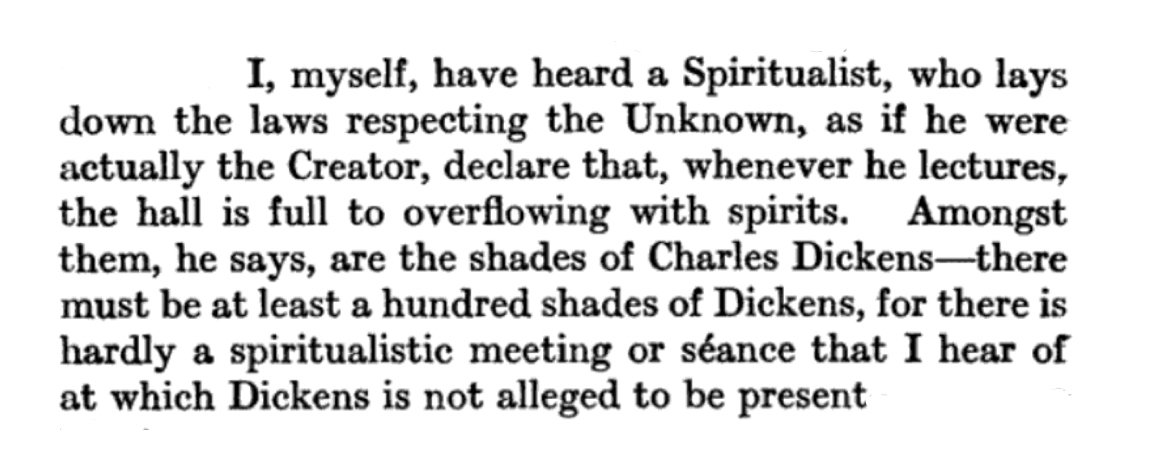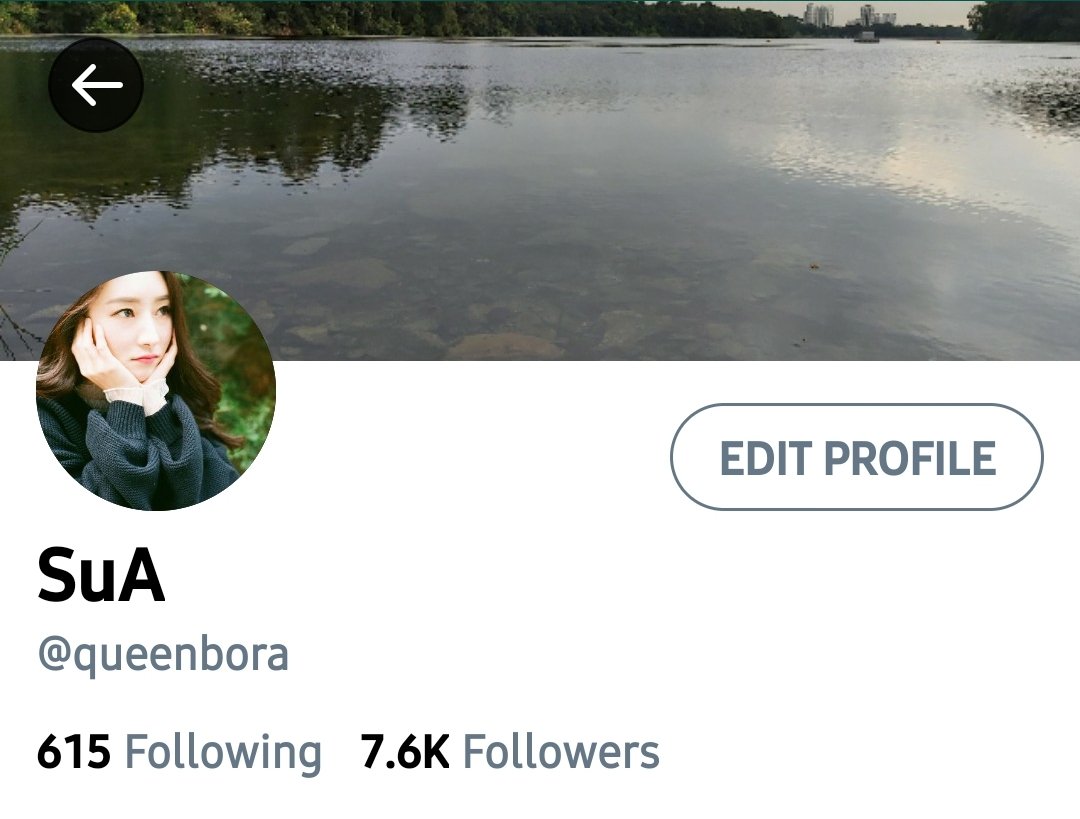Categories Culture
7 days
30 days
All time
Recent
Popular
So you want to generate interesting melodies.
1. Make a file called 1235.txt containing, one per line, all 24 unique permutations of the elements 1 2 3 5.
2. Cp 1235.txt to D.txt
3. Use sed to convert the numbers in D.txt to notes. Now you have 24 permutations of the major tetrachord in D.
4. Play them each. If it sounds like it increases tension, mark the beginning of that cell in 1235.txt with a +. If it sounds like it decreases tension, mark with a -.
Now those 24 melodic cells are divided into two groups: tension increasers and resolvers.
5. Rinse and repeat for all 12 keys.
You now have 13 plaintext files, filled with stuff like + 1 2 5 3 and - D E F# A
6. Figuratively roll dice to decide, given a +/- cell, what the next cell should be.
33% chance a + follows a +, etc.
Now you're outputting a stream of dynamic tensions: ++-+++-+-+---+ etc
1. Make a file called 1235.txt containing, one per line, all 24 unique permutations of the elements 1 2 3 5.
Claude Shannon made this machine to play the hex board game.
— Anosognosiogenesis (@pookleblinky) January 21, 2021
It is literally just a mesh of resistors and some light bulbs. No logic gates, no programming, nothing at all resembling AI.
Check it out: https://t.co/Zoyc9TmBcN pic.twitter.com/EANeMosPhT
2. Cp 1235.txt to D.txt
3. Use sed to convert the numbers in D.txt to notes. Now you have 24 permutations of the major tetrachord in D.
4. Play them each. If it sounds like it increases tension, mark the beginning of that cell in 1235.txt with a +. If it sounds like it decreases tension, mark with a -.
Now those 24 melodic cells are divided into two groups: tension increasers and resolvers.
5. Rinse and repeat for all 12 keys.
You now have 13 plaintext files, filled with stuff like + 1 2 5 3 and - D E F# A
6. Figuratively roll dice to decide, given a +/- cell, what the next cell should be.
33% chance a + follows a +, etc.
Now you're outputting a stream of dynamic tensions: ++-+++-+-+---+ etc

















